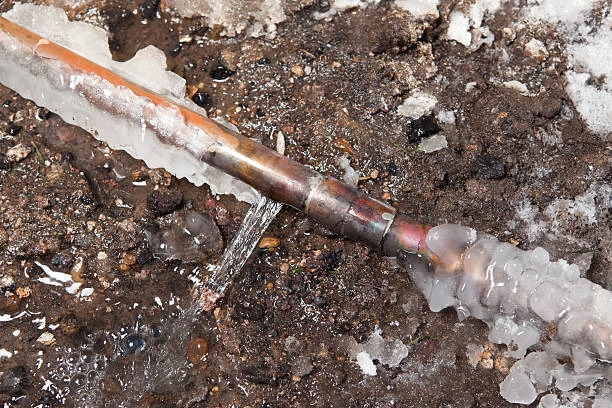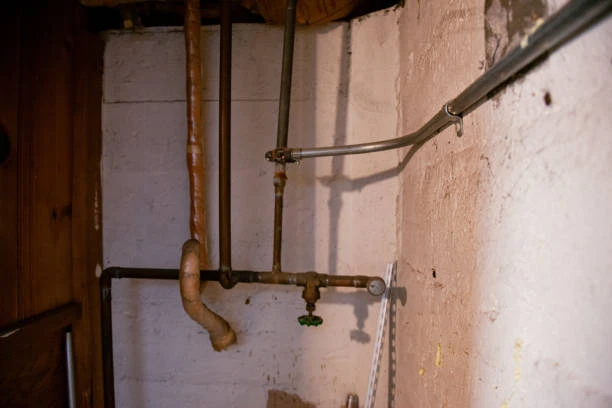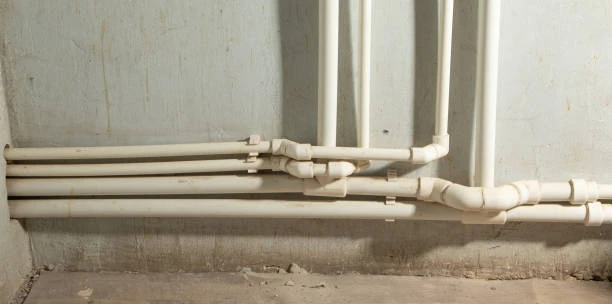Tips for Using Faucet Repair Tools
Repairing a kitchen taps sink faucet doesn’t always require a professional plumber. With the right faucet repair tools and some basic guidance, many homeowners can fix common issues themselves. Whether you’re dealing with leaks, stiff handles, or poor water flow, knowing how to use the correct tools makes a big difference. This guide offers practical tips for using faucet repair tools effectively, explains the role of brass valves, compares materials, and helps you choose quality components for long-term reliability.
From selecting suitable materials to understanding how valves work, this article is ideal for anyone looking to enhance the functionality of their kitchen taps sink faucet system.
Frequently Asked Questions (FAQ)
1. What are the most common tools needed for faucet repair?
You will need an adjustable spanner, Allen keys, a flat-head screwdriver, pliers, a cartridge puller, and PTFE (Teflon) tape. A basin wrench is also helpful for tight spaces under the sink.
2. Can I repair a leaking kitchen tap myself?
Yes. Most leaks come from worn washers, cartridges, or O-rings. These parts are easy to replace with basic tools.
3. How do I remove the cartridge from a faucet?
Turn off the water supply, remove the handle using an Allen key or screwdriver, and use a cartridge puller if the cartridge is stuck. Be gentle to avoid damaging internal components.
4. Is it necessary to replace the entire faucet if it leaks?
No. Replacing specific parts like the cartridge or valve can solve the issue without a full replacement.
5. How often should I maintain my kitchen tap?
It’s a good idea to clean aerators and check for leaks every three to six months. Annual maintenance can extend the lifespan of the faucet significantly.
Understanding Brass Valves: Definition and Characteristics
Brass valves are integral to the performance of any kitchen taps sink faucet. They control the flow and temperature of water and are valued for their strength and corrosion resistance.
Key Features of Brass Valves:
Durability: Brass handles constant use and high water pressure with minimal wear.
Anti-Corrosion: It resists rust and degradation in moist environments, unlike untreated metals.
Heat Tolerance: Brass performs well with both hot and cold water without deformation.
Antibacterial Properties: It naturally resists bacterial growth, which is ideal for drinking water systems.
Precision Engineering: Brass can be finely machined, ensuring secure, leak-proof fittings.
Brass valves are widely used in modern plumbing systems, especially in kitchen and bathroom installations.
Common Applications and Industries Using Brass Valves
Due to their reliable nature, brass valves are not only used in domestic plumbing but also in commercial and industrial settings.
Examples of Use:
Home Kitchens and Bathrooms
Mixer taps and standalone hot/cold taps
Under-sink shut-off valves
Dishwasher inlet valves
Commercial Kitchens
Prep sinks and bar taps
Water-saving valves
Cleaning hose control systems
Industrial Settings
Boilers and heating systems
Large-scale filtration units
Water regulation in food processing
From your kitchen taps sink faucet to high-capacity water control systems, brass valves play a vital role in managing water flow effectively.
Buying Guide: Choosing the Right Kitchen Taps and Sink Faucets
Selecting the right faucet is about more than just style. To ensure durability and smooth function, especially in kitchens where usage is frequent, consider the following when buying or replacing your kitchen taps sink faucet:
Key Considerations:
1. Material Quality
Brass is a top choice for internal components. Look for taps with brass bodies or ceramic disc cartridges for long-term performance.
2. Finish and Aesthetic
Chrome is common and easy to clean, while matte black or brushed steel can complement modern kitchen designs. PVD finishes are more resistant to scratches and corrosion.
3. Certification and Standards
Ensure the product meets national or international standards such as ISO, NSF, or WRAS. Certified products offer higher assurance of safety and performance.
4. Water Efficiency
Choose taps with aerators or eco-cartridges to reduce water use without sacrificing pressure.
5. Spare Parts Availability
Check whether washers, cartridges, and O-rings are easily replaceable. This makes maintenance simple and cost-effective.
6. Warranty and Customer Support
A strong warranty is a good indicator of quality and manufacturer support.
When properly selected and maintained, your kitchen taps sink faucet can offer years of reliable service.
Installation Tips for Kitchen Taps and Sink Faucets
Proper installation is essential to prevent leaks and ensure smooth operation. Whether you’re fitting a new tap or replacing an old one, follow these general steps:
Installation Guide:
Turn Off the Water Supply
Shut off both hot and cold water lines under the sink.Prepare the Sink or Worktop
Remove any old fittings and clean the surface.Insert the Tap
Place the tap through the mounting hole. Use the included rubber or plastic gasket to create a seal.Secure from Below
Use a back nut or securing plate to lock the tap in place. A basin wrench helps in tight spaces.Connect the Hoses
Screw flexible hoses to the tap body and corresponding water supply. Use PTFE tape on threaded joints for a secure seal.Check for Leaks
Turn the water supply back on slowly. Check all joints and connections.
Taking time during installation ensures your kitchen taps sink faucet will function properly from day one.
Brass Valves vs Plastic Valves: Side-by-Side Comparison
Choosing the right valve material affects performance and longevity. Below is a comparison to help you understand the pros and cons of brass and plastic valves.
| Feature | Brass Valves | Plastic Valves |
|---|---|---|
| Durability | Long-lasting under pressure and frequent use | Less durable, especially under stress |
| Heat Resistance | Excellent with hot and cold water | Not suitable for high temperatures |
| Corrosion Resistance | Naturally resistant to corrosion | Susceptible to cracking over time |
| Weight | Heavier, solid feel | Lightweight, easier to install |
| Maintenance | Easy to repair or replace parts | Often requires full replacement if damaged |
| Cost | More expensive initially | Cost-effective for low-stress applications |
| Applications | Kitchens, bathrooms, commercial systems | Temporary or low-usage plumbing setups |
For long-term use in your kitchen taps sink faucet, brass valves remain the most reliable choice.
Conclusion
Using the right faucet repair tools and understanding your faucet’s internal components can save time and money. Whether you’re fixing a dripping tap, replacing a cartridge, or installing a new unit, having the correct tools and knowledge makes all the difference. Paying attention to materials, certifications, and maintenance frequency ensures your kitchen taps sink faucet continues to perform well.
When in doubt, always choose high-quality components like brass valves and certified cartridges. They provide peace of mind, reduce maintenance, and offer smoother performance for years to come.
Connect with IFAN
IFAN is a professional Chinese manufacturer with 30 years of experience producing plastic pipes, copper valves, fittings, and related plumbing products. Whether you’re working on household renovations or large-scale industrial installations, IFAN offers affordable, high-quality solutions tailored to your needs.
If you’re interested in IFAN copper fittings, valves, or plastic piping products, we encourage you to get in touch. Our technical team is available to support your project requirements and product questions.
Contact Information:
- For more information,pls visit our webside https://waterpipefitting.com/
Pls Mailto: [email protected]
Whatsapp: +86 15088288323
We typically respond to emails and faxes within 24 hours. Feel free to call us anytime with your questions regarding product selection, installation, or after-sales support.
IFAN International Product Standards
To ensure global compatibility and performance, IFAN products are manufactured according to an extensive range of international standards, including:
Key Standards Include:
ISO 15874, EN 15874, ASTM F2389, DIN 8077/8078, GB/T 18742, NBR 15884, ISO 15494, EN ISO 15494, GB/T 19472, NBR 15494, ASTM 2846 (501), DIN 8079/8080 (502), ASTM F441/F441M SCH80 (503), DIN (504), DIN (505), GB/T 18993, AS/NZS 1477, CSA B137.6, NSF/ANSI 14, TIS 17-2532/1131-2535, BS 3505, BS 4346 (801), ASTM D1785 SCH40 (802), ASTM D1785 SCH80 (803), DIN (804), GB (805), GB (806), GB(901), DWV(902), ASTM D2665 (903), ASTM D2241, D2665, D2729, F441/F441M, ISO 1452, DIN 8061/8062, GB/T 10002, AS/NZS 1477, JIS K6741, and CSA B137.3.
These standards reflect our dedication to safety, efficiency, and long-term reliability in plumbing solutions worldwide.














Recent Comments